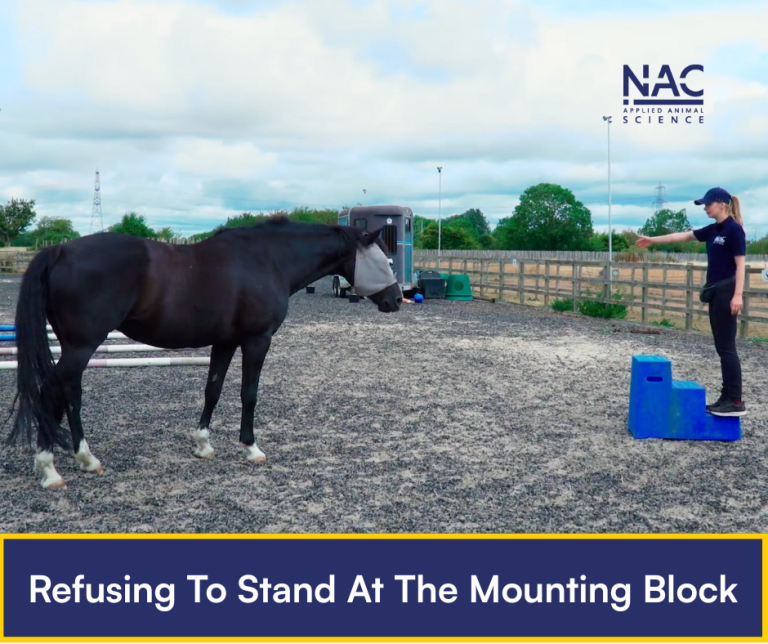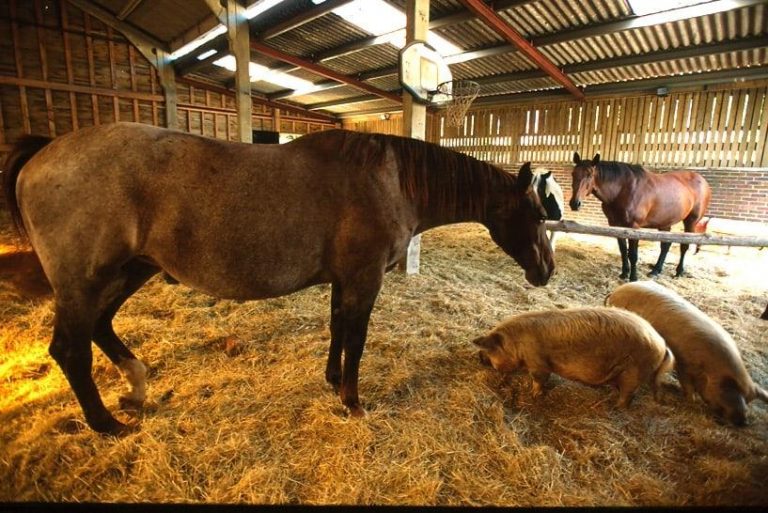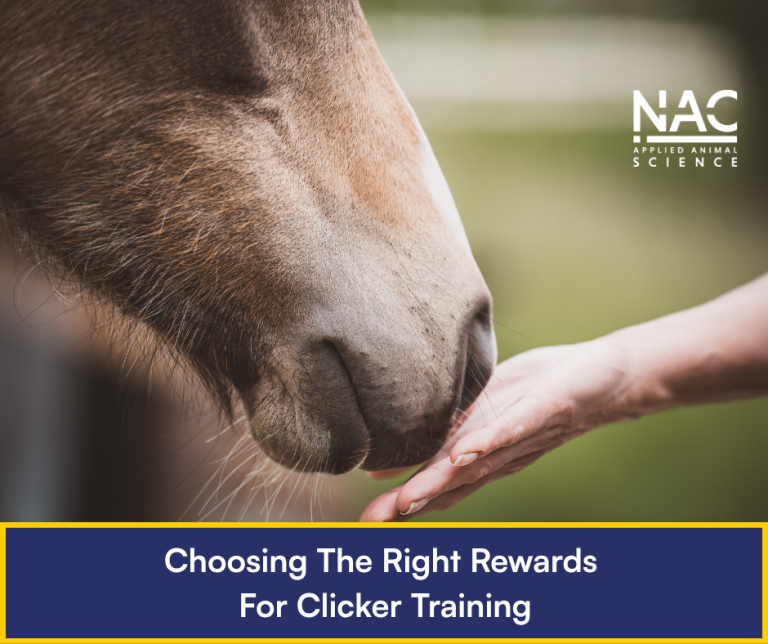Your basket is currently empty!
You may have heard a lot about positive reinforcement training for dogs, but do you know exactly what it is and why it’s such a talked-about topic? This training method has been used for many years, not only with dogs but with a range of animals, where behaviour that we want to see more of is reinforced so that the animal is more likely to repeat it again in the future.
It is considered a humane and effective training method that builds a strong bond between dog and owner, allowing the owner increased control and shaping the dog’s day-to-day behaviour in a positive and effective way.

What is Positive Reinforcement Training for Dogs?
Positive reinforcement training for dogs is the process of rewarding a dog for desired behaviour, instead of punishing unwanted behaviours, which can have a significant detrimental effect for the dog.. It is by rewarding the dog for the desired behaviour, they are more likely to repeat it, thus encouraging more of the desired behaviour. The training method includes a reward system that usually results in the dog receiving a treat, praise or a toy for carrying out a desired behaviour.
Desired behaviours for dogs can include sitting on cue, waiting, stationing, recalling to your side when out walking or refraining from barking at undesirable moments. Positive reinforcement training builds a strong relationship between the owner and their dogs as the canine begins to associate good behaviour with the treat giver.
To find out more, check out our free downloadable guidebook.
The Origins of Positive Reinforcement Training for Animals
The idea of positive reinforcement has been around for many years. In fact, since the 1930s, when B. F. Skinner began carrying out an experiment called operant conditioning, which looked at how animals’ voluntary behaviours are modified by their consequences. This was the foundation of positive reinforcement and is the same concept we carry through into positive reinforcement training in the modern day.
His findings concluded that behaviours that were followed by reward were more likely to be repeated, whereas those that were not were less likely to be repeated. In fact, he even noticed that the unrewarded behaviours began to fade over time.
How Positive Reinforcement Training Works
In order to understand how positive reinforcement training works, you need to be aware of the four learning theory quadrants. For those who need a refresher, they are as follows:
- Reinforcement works by encouraging behaviours to happen again.
- Punishment works by discouraging behaviours from happening again.
- Positive refers to adding a stimulus (be it a reinforcer or punisher) before or after a behaviour is exhibited.
- Negative refers to removing a stimulus (be it a reinforcer or a punisher) before or after a behaviour is exhibited.
Now that we’ve covered the four learning theory quadrants, we can explain how positive reinforcement training works, especially how it works with dogs.
Put simply, how positive reinforcement works is you reward your dog with an appetitive (something enjoyable) to reinforce positive behaviour. For example, if you wish to teach your dog to recall to your side upon command, you could offer them an appetitive to encourage them to do it effectively each time.
Benefits of Positive Reinforcement Training
There are plenty of benefits to positive reinforcement training, especially among dogs. The benefits are present for both the owner and the dog, making it the most popular training method for dog owners and trainers across the world.
It is a great way to build a stronger bond with your dog. As we have mentioned in previous blogs, being the person your dog associates with rewards for good behaviour means they are more likely to behave while in your presence. You, as the owner, will also feel better connected with your dog if they are more likely to behave around you.
Positive reinforcement is also widely accepted as one of the least stressful and most humane ways of training a dog. It helps reduce the anxiety and fear in dogs while not resorting to punishment to iron out bad behaviour. It instead focuses on positive interactions, which will improve your dog’s overall well-being and also improve your mood.
When done correctly, positive reinforcement training is a powerful training method that allows for the training of complex behaviours..
Want to Learn More?
If you’re curious to learn more about dog psychology, why they think the way they do and more behavioural science principles, why not enrol on an NAC course? We’re industry experts who have created a range of courses and resources to help pet owners understand their companions a little better, either for their own personal benefit or as a career. To find out more, head to our canine behaviour courses and enrol in your chosen one.
If you have any questions, please do not hesitate to get in touch with us. A member of our team will be more than happy to answer your query.






![Dog Recall Training [Guide]](https://the-nac.co.uk/wp-content/uploads/2025/04/5-1-768x644.png)